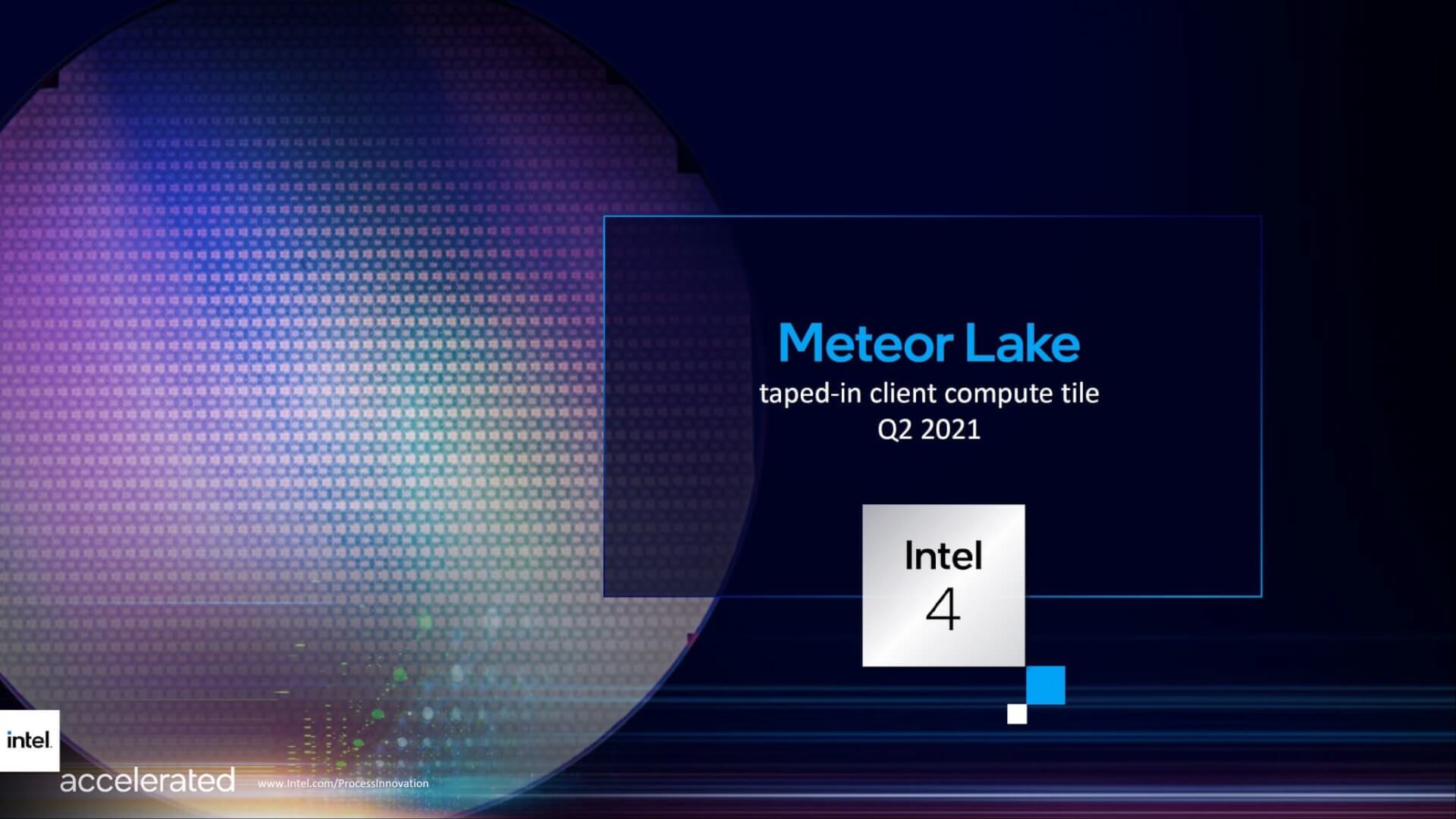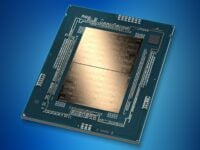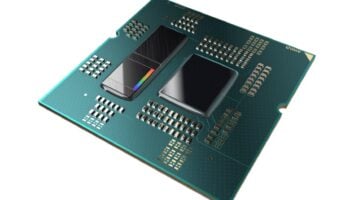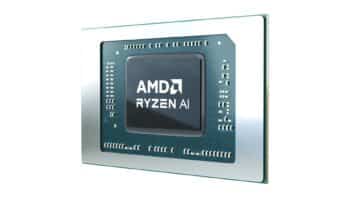According to a report from the Taiwan Economic Daily, TSMC is gearing up to start production of 3nm wafers, with both Intel and Apple expected to be the first adopters of the technology. While Apple will be using the advanced process for the production of its M2 and A16 SoCs (for Macs and iPhones), Intel will be leveraging a massive chunk of the 3nm capacity to fab the next-gen of Xe graphics cards as well as (at least two) certain consumer and server processors.
The mass production of 3nm wafers has been reportedly preponed and will start a year earlier than originally expected in the second quarter of 2022 at TSMC’s 18b foundry in Nanke, Taiwan. TSMC chairman Liu Deyin recently affirmed shareholders that Intel’s IDM 2.0 initiative won’t hinder the pure-play foundry’s plans for the future. (armodexperiment.com) He even stated that the American chipmaker will continue to be one of its clients, even hinting that it’ll be one of the first to adopt TSMC’s most innovative process nodes. It would seem that the decision to leverage TSMC’s 3nm node was decided well before Pat Gelsinger took over as the new CEO.
We already know that Alder Lake and Sapphire Rapids will leverage the Intel 7 node (10nm ESF), with Meteor Lake and Granite Rapids slated to use the Intel 4 (7nm) node. This means that the chipmaker might leverage TSMC’s 3nm node for the Raptor Lake refresh, and the next-generation of Xe GPUs (in addition to the N7/N6 node for the upcoming Xe-HPG lineup). As for the server lineup, I find it hard to believe that Intel will actually use TSMC’s most advanced node for its vital server business, as that would not only further reduce its profit margins but also led to a lot of negativity among investors. Some of the lower-end 1S/2S SKUs might however be outsourced.
The risk production of the 3nm node slated to take place later this year/early next year will produce 4,000 wafers in TSMC’s 12th factory, while the mass production (scheduled for July next year) will take place at the Nanke 18b foundry. For this purpose, the foundry has already started the installation of 3nm EUV equipment at its factories.
According to TSMC’s official statement, compared to 5nm, the 3nm process offers 10-15% more performance at the same power draw, while the power consumption is reduced by 25-30% at the same performance.
Source: ITHome






